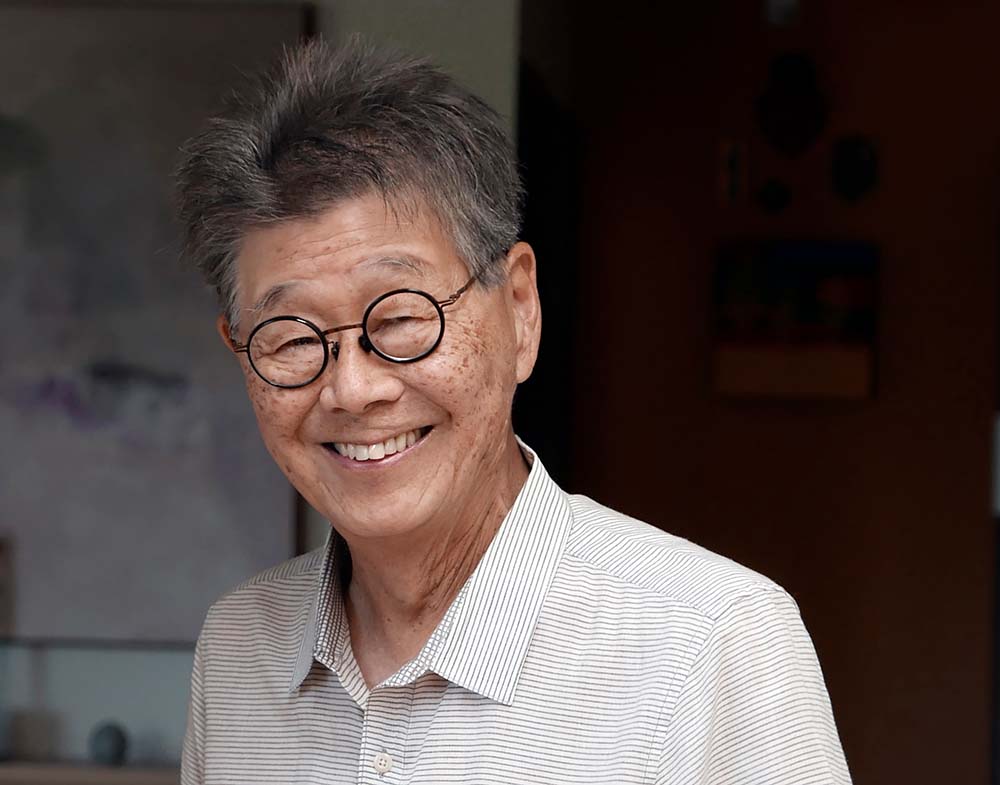Jerry Takigawa studied photography with Don Worth at San Francisco State University and received a degree in art with an emphasis in painting. He has been the recipient of a variety of photographic honors and awards including the Imogen Cunningham Award (1982); nominated for the Santa Fe Prize (2007); nominated for the Prix Pictet (2013, 2016); Critical Mass Top 50 (2017, 2020); The Clarence John Laughlin Award (2017); LensCulture, Fine Art Photography Awards Finalist (2018); New York Center for Photographic Art, Humans, First Place (2018); CENTER Awards, Curator's Choice-First Place (2018); the Rhonda Wilson Award (2020); and the Foto Forum Santa Fe Award, Santa Fe NM (2021). Internationally exhibited, his work is included in the permanent collections of the San Francisco Museum of Modern Art, the Brooklyn Museum, the Crocker Art Museum, the Santa Barbara Museum of Art, the Library of Congress, and the Monterey Museum of Art. Takigawa lives and works in Carmel Valley, California.
False Food
False Food underscores a plastic pollution epidemic that we now know is universally destructive and, tragically, man-made. False Food portrays pieces of plastic waste, recovered from the stomachs of dead albatross, placed in surprising and unfamiliar contexts. Presenting the problem in a different light can promote new ways to think about (and act on) it. Negative images trigger our reptilian brain where clear, ethical thinking is lacking. In this way, warnings about terror can become acts of terror themselves-amplifying fear and blinding us to answers. I believe aesthetically recontextualizing environmental threat opens the heart to not turn away. In this way I wanted to make something transformative-something that didn't terrorize consciousness, but elevated it.
Balancing Cultures
In Balancing Cultures, I am working with layers of meaning, memory, family, and- centrally-the actions and consequences of Roosevelt's Executive Order 9066. Issued in 1942, it caused the incarceration of 120,000 American citizens and legal residents of Japanese ancestry. My recent discovery of family photographs, taken in the WWII American concentration camps, compelled me to examine my family's unspoken feelings of shame and loss. I wanted to give voice to those feelings, which they had kept concealed for fear of retribution.
